Inflation in services more pronounced than merchandise, says industry body
Updated: Aug 11, 2014 03:51:51pm
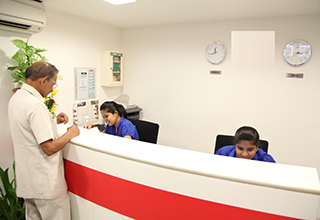
More than inflation on account of merchandise goods as reflected in the Wholesale Price Index and the Consumer Price Index, the costs of services such as education including coaching, health, transport, servicing of personal vehicles, personal care services are increasing at a much higher pace pinching the average middle class family more by at least 25 per cent year-on-year, according to ASSOCHAM paper.
The paper covered the services of common consumption by middle class people which include Railways and airlines. Considering the fact that taking flights between metro cities is no more considered a luxury but a necessity, the cost of air tickets has grown more than 15 per cent annually. On the other hand, Railways too have been raising the fares even before the latest hikes were announced since the fares were also linked to the fuel pricing.
“The costs of education in metro cities and even the second tier cities have increased particularly at the school levels and their transportation since sending kids to private schools has also become a necessity for the middle class families as the standard of education in the government schools is pathetic to say the least,” the ASSOCHAM paper on rising costs of services pointed out.
It noted that the excessive increase in prices of essential services consumed by the average city households among the middle class has also made the consumers “frown upon” paying the service tax which is becoming more and more important for the general exchequer. The high cost of consuming services would also mean shelling out more taxes since the levies are ad valorem and not specific.
City commuting by metros, buses, auto-rickshaws and even the last mile connectivity by cycle rickshaws has become much more expensive than 15 per cent annualised, though metro fares have remained stable.
“Sooner than later, rising costs of services which claim bulk of the middle class budgets, are going to exert pressure on salaries, once the job market looks up in the next few months along with improvement in economic growth….Like the increase in rural workers had led to rise in the food prices, the high cost of services would push the salaries, affecting certain sectors in particular like the information technology, banking, healthcare and teaching,” ASSOCHAM’s Secretary General, D S Rawat said.
The increase in costs of healthcare is particularly bothersome since the culture of health insurance has somehow not penetrated well. It is estimated that the doctors’ fee cost of tests and hospitalization charges have gone up beyond 70-100 per cent during the last five years. Majority of the families are caught off-guard when an unforeseen circumstance like heart ailment strikes. The cashless treatment to the insured had run into problems in the past and that did a great damage to the insurance sector.
“Hopefully, things will improve once the cash –starved insurance sector gets fresh infusion of foreign investment if the government manages to get a political consensus on the issue,” Rawat said.
He said the trouble with the Indian economy is that both in manufacturing and in services, it is becoming high cost which in a vicious cycle exerts wage pressure further complicating the issues.
“Like in manufacturing, the supply constraints have to be ironed out even in the services sector with emphasis on regulation and quality particularly in health and education. Somehow, the telecom has remained quite competitive with fair amount of quality, though the consumer expectations too are rising,” the ASSOCHAM paper noted. We need to have regulators as more and more privatisation is taking place in all the sectors.
With services claiming over 65 per cent of the GDP, the key lies in somehow checking the costs. Or else, the advantage of even the arbitrage between the cost of employing workers in India and in western nations may bridge posing challenges for crucial sectors like the IT.
The WPI for June had ease to 5.43 per cent from six per cent for the previous month while CPI for June, 2014 was 7.31 per cent, much lower than increase in costs of services. (KNN Bureau)

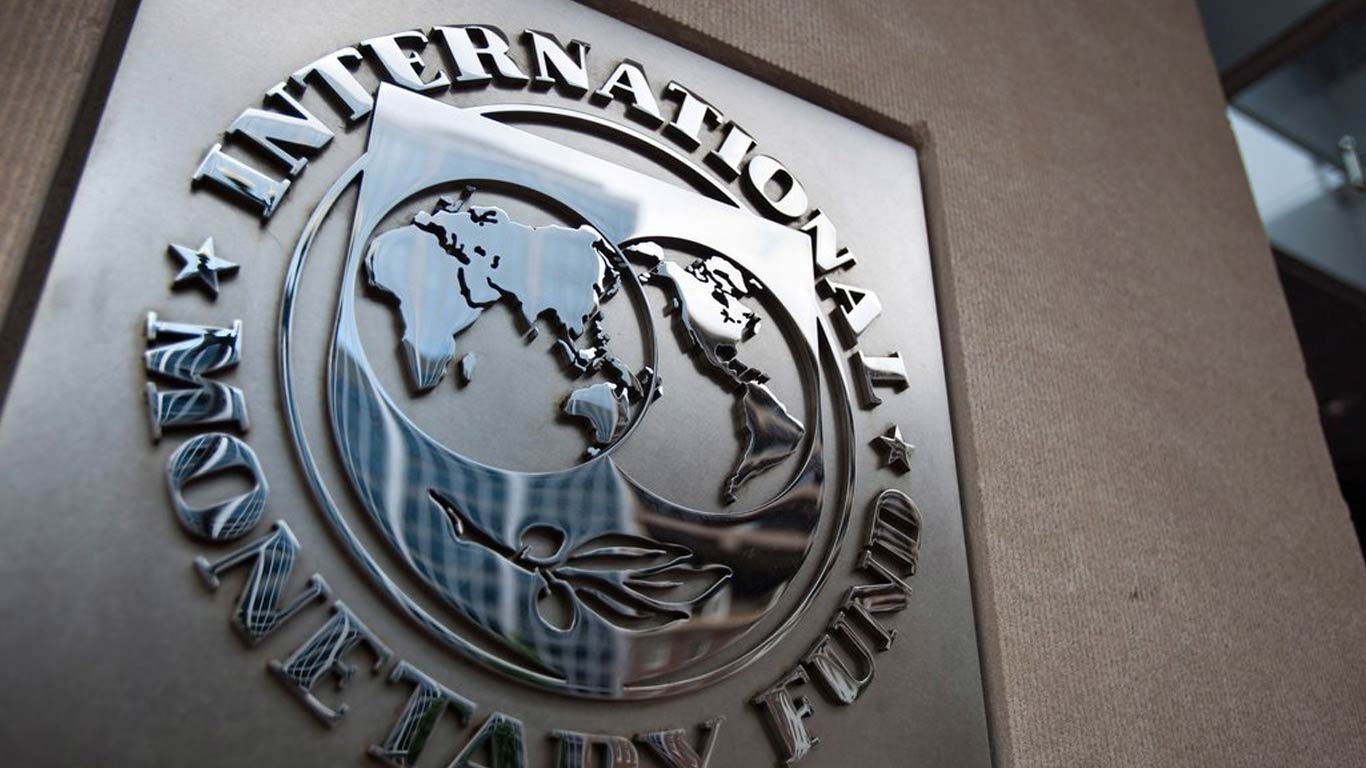
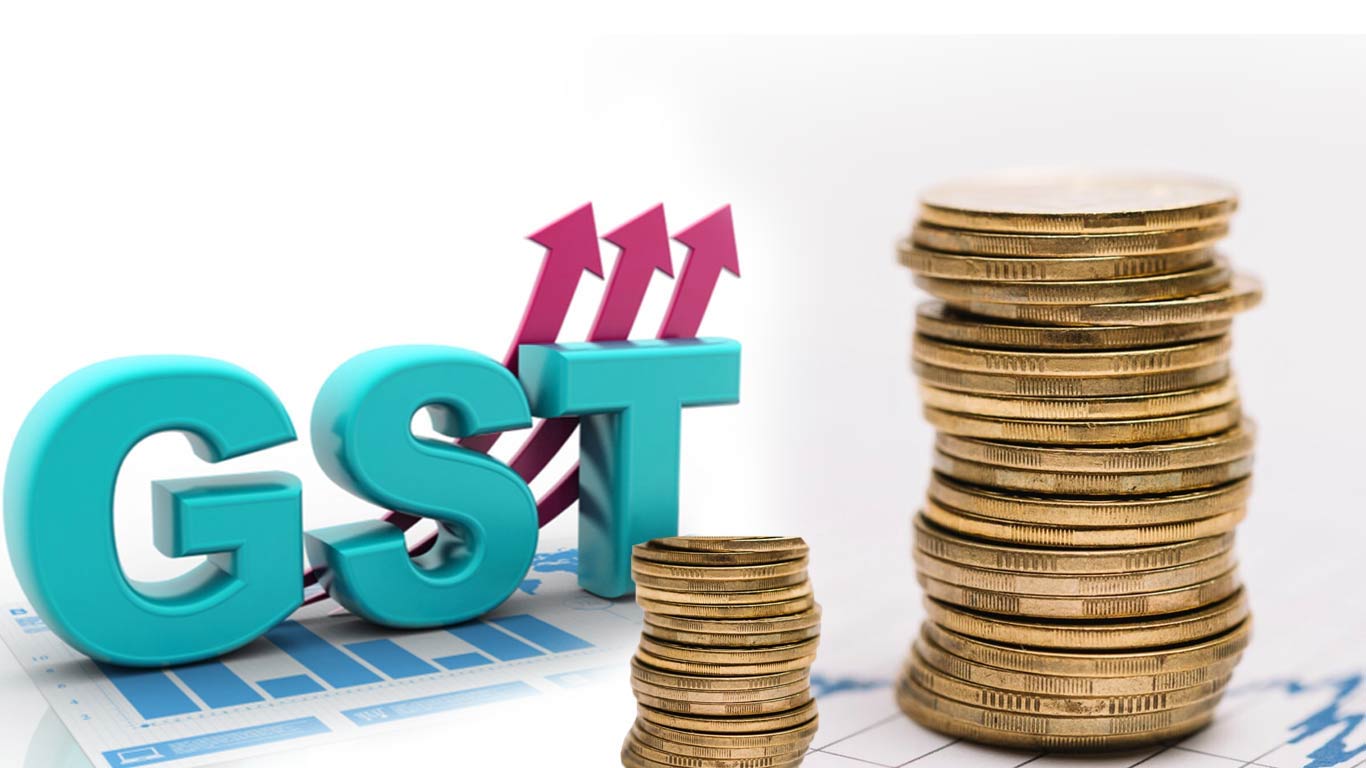

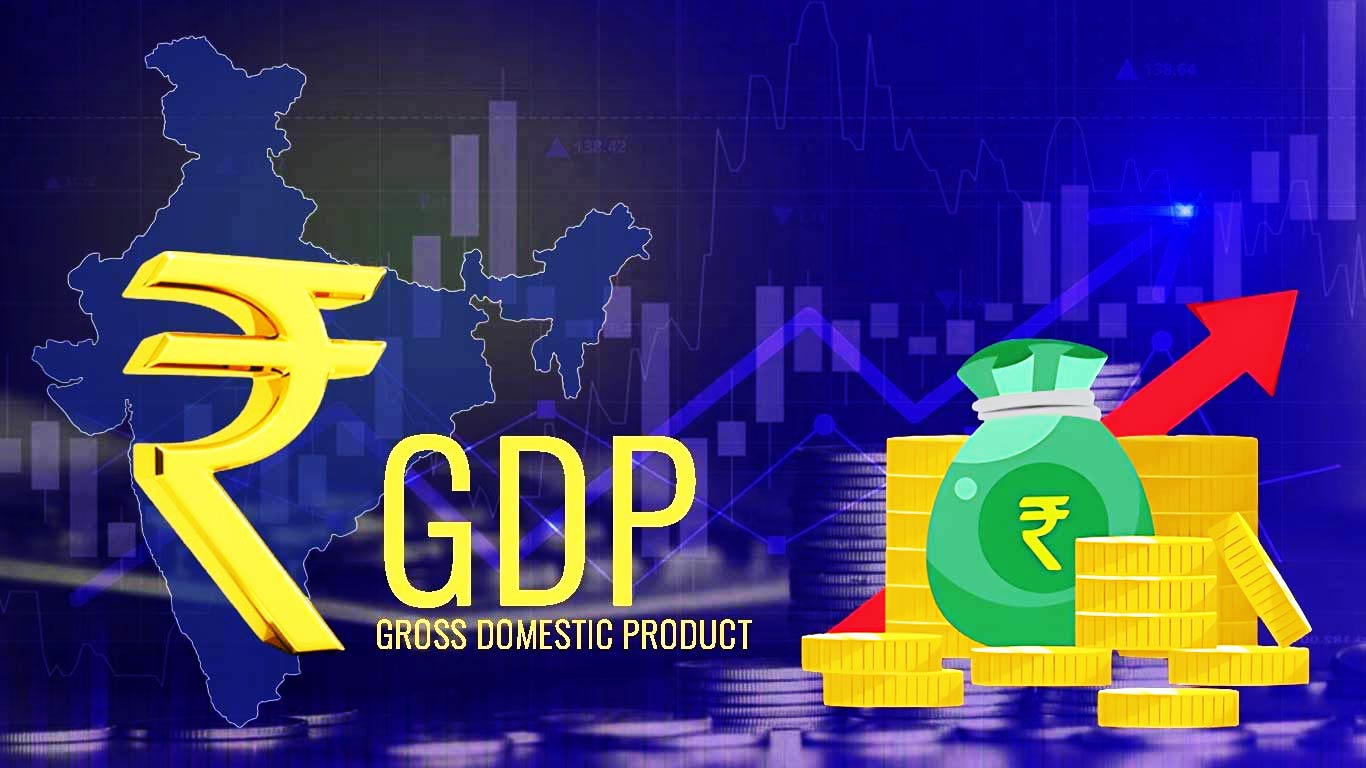
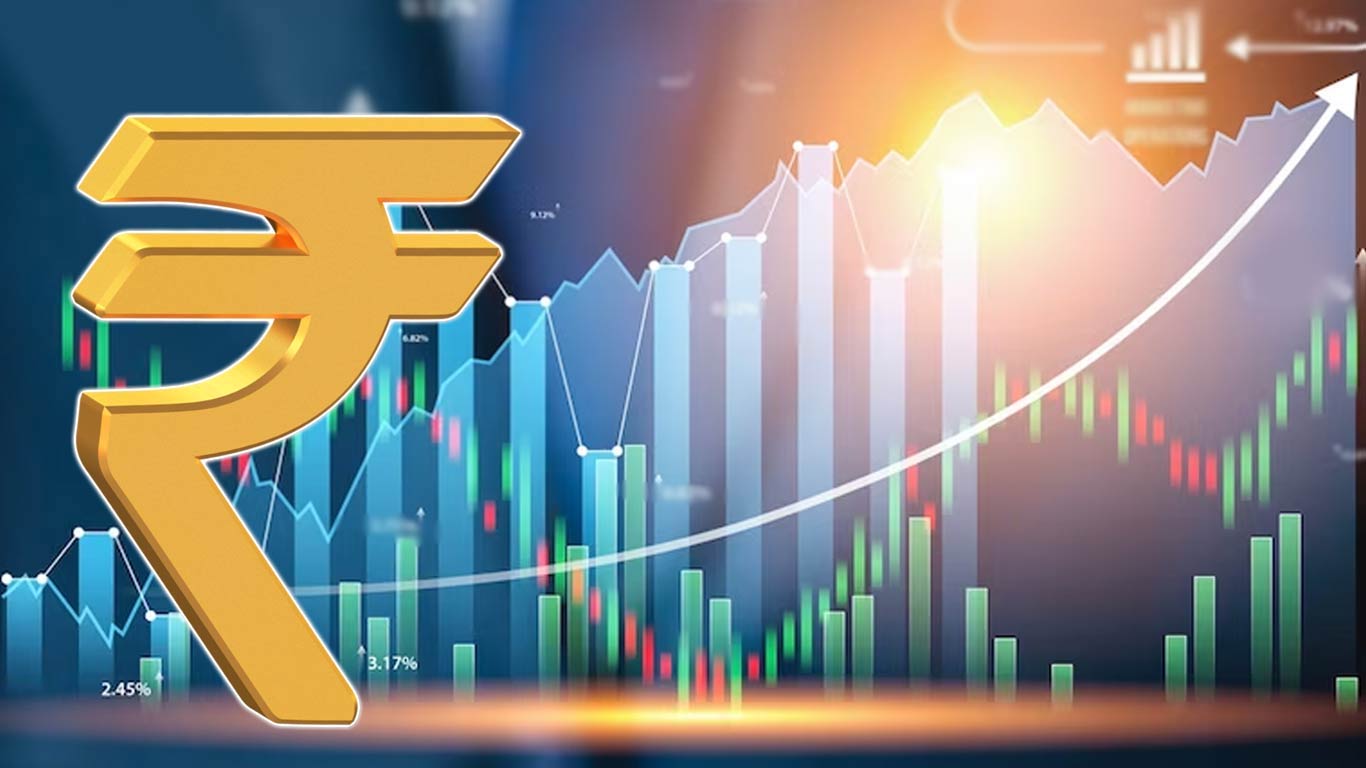





